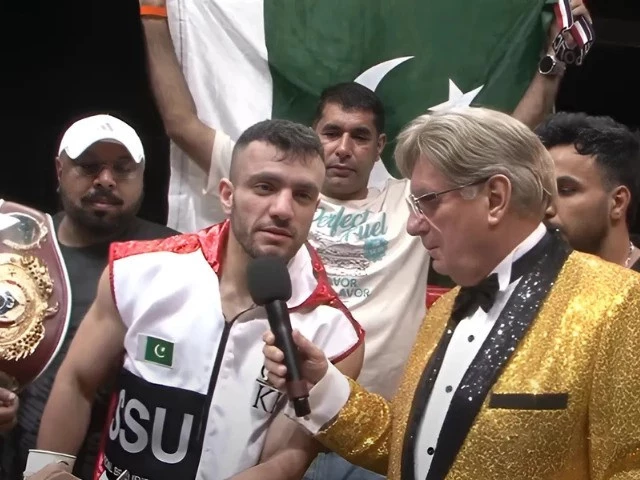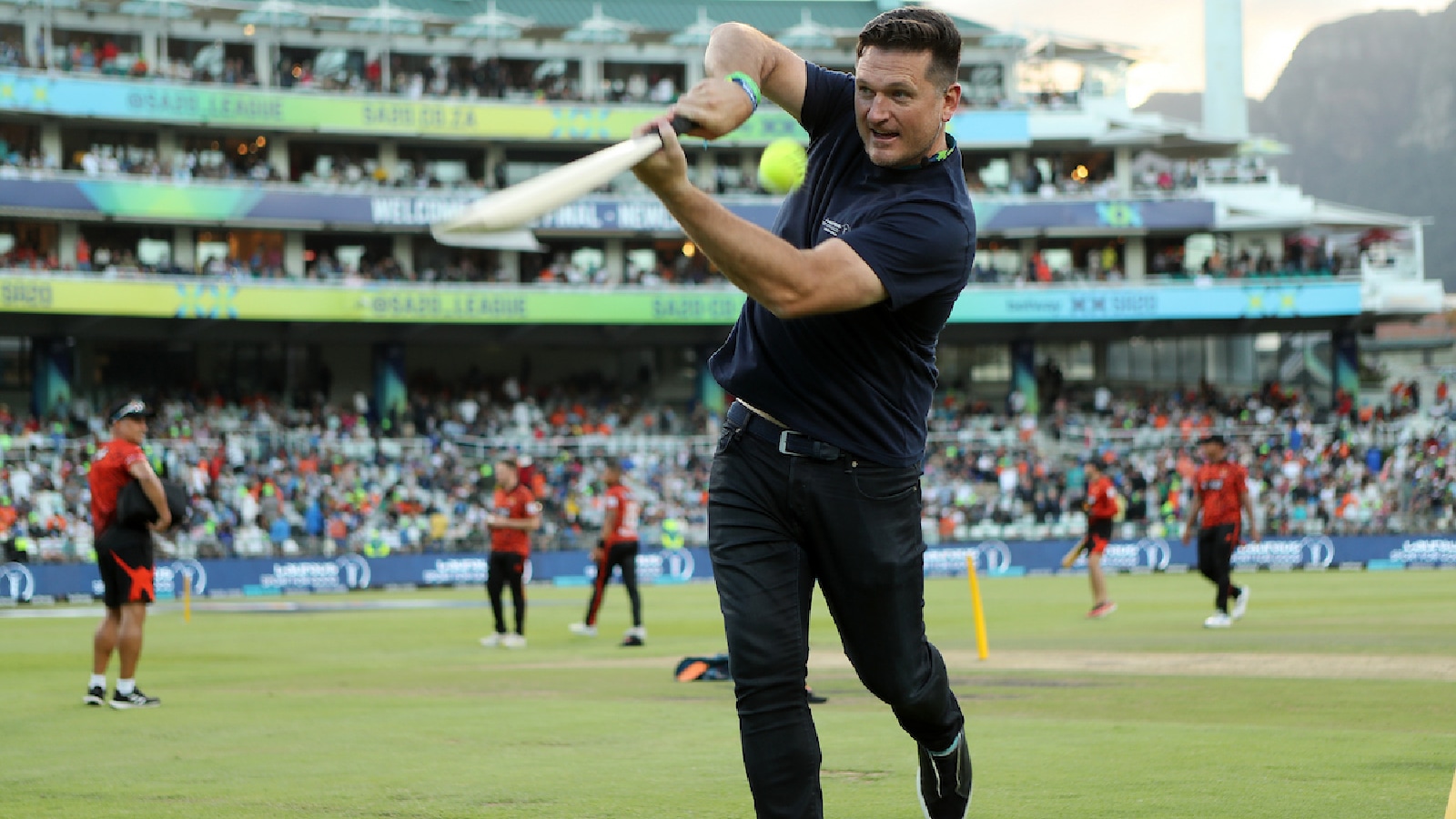‘The potential is enormous’: Are the Socceroos on the cusp of a new golden generation?

As far as broad whole-of-game policy from Football Australia, or any proactive steps taken by the governing body to improve player development, nothing at all has changed, Didulica says.But what has is that another set of forces - some accidental, some not - have converged to create what he describes as a “critical mass” of talent in men’s football; a group of players whose journeys are only just getting started, and whose ceilings are undetermined.Didulica now works in clubland, as Melbourne Victory’s director of football, and it is there where he believes the biggest strides have been made.Club academies have matured to the point where the graduates from them are at a level where A-League coaches are now far more confident about exposing them to first-team football, rather than leaning on more experienced mid or late-career players as they have in the past. As a result, match minutes handed to younger players have skyrocketed; the CIES (International Centre for Sports Studies) Football Observatory recently ranked the A-League as the second out of 50 of the world’s top divisions for giving the most match minutes to under-20 players (born in or after 2004).Part of that is due to the financial crisis gripping the A-League, which has reduced first-team budgets and forced clubs to lean more heavily on youth. The fire was already burning, slowly, in the background; the economic imperative was like an accelerant, poured directly on top.“You marry that with a deeper sense of trying to extract money from an international transfer market - that’s why we’re seeing this huge wave of really exciting young talents,” Didulica says.“For me, the clubs have driven that, and that’s very much been a function of some really good people working incredibly hard and investing their lives in the progress of players.”To steal a line from Ange Postecoglou, it’s the stonecutter’s creed in action: years of unglamorous, unseen work by academy coaches, parents, club staff and investment by owners are now, finally, bearing fruit, but only now is the rest of the football community realising it.Another factor: multiculturalism. Like how post-war European migrants fuelled the golden generation, these days it is an influx of more recent arrivals from Africa, the Middle East and Asia who are reshaping the Socceroos’ future and injecting a different player dynamic into the mix. Their families came with little, but brought with them a deep love of football, and their children are now finding both identity and opportunity in the game.There are plenty more beyond him, but Irankunda is the clearest example: a Burundi-born teenager whose raw explosiveness and power has already marked him out as something special.Didulica goes further: “He’s the best striker of the ball I’ve ever seen in real time … it’s better than world-class.”It’s fitting that Tony Popovic’s latest Socceroos squad was due to play in Canberra on Friday night. That’s where the Australian Institute of Sport’s old football program was based - the one that played such a key role in the golden generation’s development. The program was dissolved in 2017, with the onus then passed onto clubs, which many thought was a mistake at the time - and ever since, whenever Australian teams stumble on the international stage, there have been calls to bring it back and revert to how it was in the glory days.But times have changed, and for the better.Four members of the squad named to face New Zealand in this month’s two-match Soccer Ashes series spent time in the Sydney FC academy, widely regarded as one of the best in the country. Segecic, one of Australia’s most exciting creative prospects, joined at the age of 12 - which means that the key years of his development all took place in a single, high-quality environment, a place where he felt safe and connected enough to try, fail, and try again.For the first decade or so of the A-League, that didn’t exist; the pathway wasn’t connected, and players would jump to and from junior clubs, sometimes every season, before eventually entering the professional system in their late teens, via the defunct National Youth League. Now the pathway is smooth and consistent, and it begins earlier. The first cluster of players to have come through it are showing the benefit of that sort of technical and cultural stability - a key missing piece identified in the PFA report.“We’ve evolved in terms of the kind of football country that we are, systemically,” said Kelly Cross, the academy director at Sydney FC, the former assistant national technical director, and one of Australia’s leading experts on youth development over the past few decades.“Because in the 80s and 90s, which probably led to that so-called golden generation, there wasn’t a club system. There wasn’t a professional set up, and there weren’t academies. In those days, kids are training twice a week. You’ve got NSL clubs that are maybe not as professional as you’d like. The only professional set-up was something [the AIS] that the national association had to do in the absence of professional clubs and academies.“What you’ve seen is the evolution of Australia into a more developed football nation, because more of the essential components are now in place: a professional league, professional academies, pathways, programmes, better coach education.”Cross was heavily involved in the creation of the then-Football Federation Australia’s national curriculum. It was first implemented in 2009, and despite having many critics over the years, he believes the document has underpinned that recent growth at all levels: better coaches, better training methods, better players.“A number of us said at the time, ‘You’re not gonna see the results tomorrow.’ What has happened, and I think the evidence would bear this out, is that the way coaches operate has transformed since then,” Cross says. “Now you’ve got more of a groundswell across the country of coaches and technical directors, which we pushed for.”Cross has always laughed at the suggestion from pundits and ex-players that the curriculum was producing “robots”, and coaching individuality out of players, which he reckons was lazy, knee-jerk analysis, and doesn’t hold up against the kind of players who are emerging today.Loading“All you got was, ‘We’re just copying the Dutch system’ - absolute garbage,” Cross says.“I’d think, ‘Have you even read this [curriculum]?’ The idea of robots ... please, give us some evidence. Show me where the curriculum or coach education has led to that. It’s a nonsense.”The most encouraging thing? Cross is convinced that even better players are coming through the ranks.“I see them every year,” he says.“As an example, the 12-year-olds that Sydney FC just signed to be 13s next year: phenomenal. It’s happening. Something that we’re all doing is coming together. The signs are good.“When you look at our constraints, and the pressures that we have - geography, funding, lack of alignment in the system, conflicting agendas - you’d have to say we’re overachieving. So let’s make sure we continue to overachieve. How do we optimise what we’ve got?“Because if we do, I’m convinced - the potential is enormous.”Didulica concurs, but warns that Australian soccer can’t and shouldn’t rely on immigration or financial downturns to spur player development.“We’ve got to embed some of these learnings in the way we do our business as a sport,” he said.An ongoing Football Australia ‘audit’ of the nation’s footballing ecosystem is intended to do just that.So is this a golden generation-in-waiting? It’s too early to say. A golden generation needs a signature achievement to earn the label, which is only affixed after the fact; when the winless Socceroos crashed out of the 2005 FIFA Confederations Cup, Didulica recalls then-FFA chief executive John O’Neill remarking that maybe Australia “just don’t have the cattle”, a view he remembers was shared by plenty of others in the game at the time.Those same players, of course, went on to achieve remarkable things. These ones could, too.Didulica believes the Socceroos are in “safe hands” with Popovic, who has begun the process of integrating some of that new energy into the national team, while also forcing them to meet his lofty standards.Loading“I think there’s still a long way to go for a lot of those players to be genuine international footballers,” Didulica said.“But I think if you’re a young player in Australia, it’s a very exciting time, because of the quality of experiences that are being delivered across elite clubs and the quality of opportunities that are being given to those players.“And now we have national team staff - and probably Ange was the seed changer in that, and Arnie [Graham Arnold] followed that through, and Popa is the same - who deeply, genuinely, authentically believe in the quality of Australian players. These threads are coming together and are giving young players the very best opportunity to succeed.”The rest is up to them. For now, the fact that we can ask the question - and do so with a straight face - is progress in itself.Football has a new home. Stream the Premier League, Emirates FA Cup, J.League and NWSL live & on demand, including Premier League with 4K, from August 2025 on Stan Sport.









